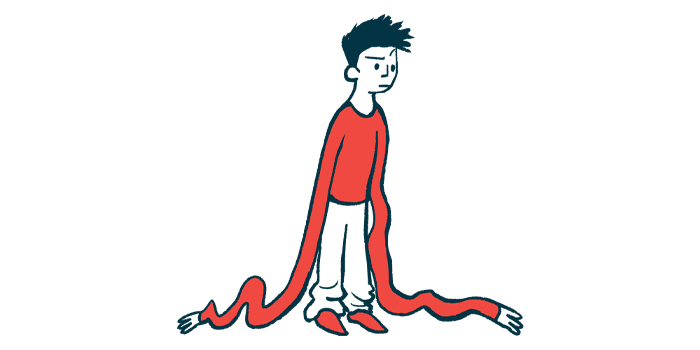SMA-specific tests needed to better measure fatigue in adults: Survey
Current tools unable to capture differences in patient subgroups, study says
Written by |

Existing tools for assessing fatigue may not be enough to capture differences in fatigue severity between adults with different types of spinal muscular atrophy (SMA), according to a recent survey conducted by patient advocacy group Cure SMA.
SMA patients generally had more fatigue than adults in the general population across fatigue rating scales, but subgroup differences by disease severity couldn’t be consistently captured, which researchers found “surprising.”
This may be because most of the five measurement tools typically used are not specific for an SMA population, and thus may not be able to capture disease-specific factors, so “an SMA-specific scale is needed to evaluate differences in fatigue impact across the SMA population,” researchers wrote.
The study, “Evaluating Perceived Fatigue within an Adult Spinal Muscular Atrophy Population,” was published in Neurology and Therapy.
Population of adults with SMA continues to grow after emergence of DMTs
While SMA is often associated with a pediatric population, more than a third of the global SMA population are adults. This is likely to grow as the emergence of disease-modifying therapies (DMT) helps to improve prognosis.
However, SMA symptoms are less well-studied in adults than they are in children. For example, adult patients often experience fatigue, but data on how it affects their quality of life is still lacking.
To learn more about the effects of fatigue and to assess the reliability of different tools for measuring the symptom, Cure SMA conducted an online survey of adult SMA patients in its community.
All surveys asked about patient demographics, use of SMA treatments, and life quality, but patients were randomly assigned to receive three of five different fatigue assessments, in random order. These included Modified Fatigue Impact Scale, Multidimensional Fatigue Inventory, Fatigue Severity Scale, PedsQL Multidimensional Fatigue Scale, and Spinal Muscular Atrophy Health Index (SMA-HI) fatigue modules.
Of them, only the SMA-HI fatigue modules are specifically designed for SMA patients.
A total of 253 people, with a mean age of 38.2 years, completed the survey. Of them, 5.9% had SMA type 1, 44.7% had SMA type 2, 44.3% had SMA type 3, and the remaining had other/unknown disease type.
The mean age at SMA diagnosis was 8.13 years, and about three-quarters of patients reported having used a DMT.
All of the fatigue measurement tools demonstrated “reasonable levels of reliability for use in SMA, although performance varied,” the researchers wrote.
Overall, mean fatigue scores for survey respondents were higher than scores seen in the general population across all tests, except for the SMA-HI, for which general population data were not available.
Certain clinical or demographic factors were linked to fatigue using certain measurement tools, but the findings were not consistent.
Higher income and the use of DMTs were each linked to lower fatigue across several measurements tools. On the other hand, having a less severe SMA type was associated with lower fatigue in some assessments but higher fatigue in others.
‘Not all scales demonstrated differences in fatigue by SMA severity’
Given the established understanding that SMA type and corresponding disease severity influence a wide range of outcomes, “it was surprising that not all scales demonstrated differences in fatigue by SMA severity,” the researchers wrote.
They believe the “inability to tease out major distinctions among subgroups” could have a few different explanations, one of which is that there are truly no differences in fatigue between different patient subgroups.
However, it is more likely that differences were not observed because the fatigue scales were not specific enough for SMA, the researchers noted.
“Ultimately, research to develop new or refined instruments that are tailored to the SMA community may yield the best understanding of fatigue within this population,” they wrote.
Study limitations included a lack of data about motor function in the patients, and the inclusion of patients generally healthier and older than the general adult SMA population.
Additional analyses are ongoing to better understand which tools are best for monitoring fatigue in SMA.
“These efforts are especially important to advance improved quality of life as more patients’ lives are extended well into adulthood,” the team concluded.








